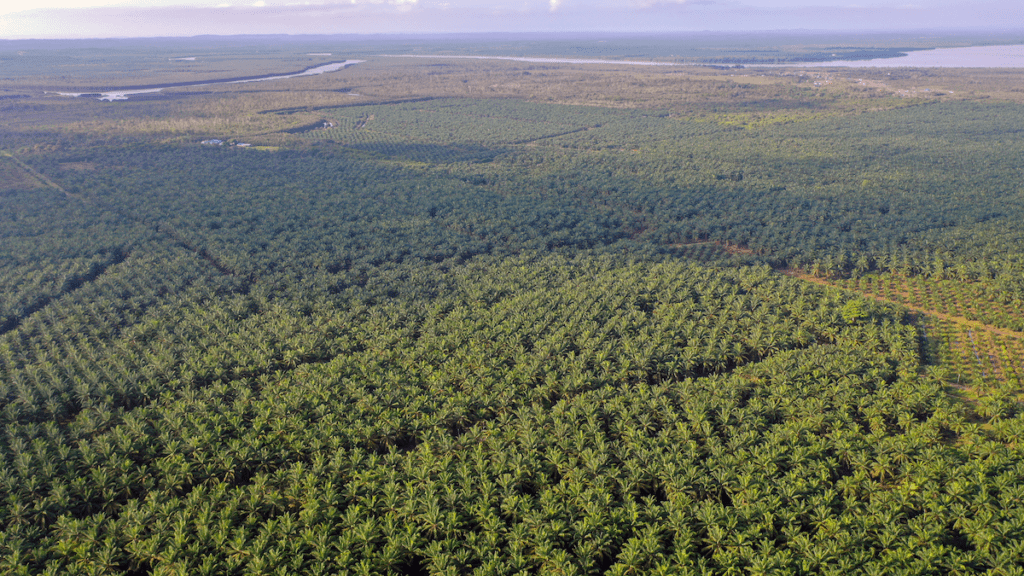In recent years, the world has witnessed a growing concern for sustainable agricultural practices that not only promote food production but also prioritize environmental conservation.
Agroforestry, a land management approach that integrates trees, crops, and livestock, has emerged as a promising solution to address these challenges.
By combining the benefits of agriculture and forestry, agroforestry systems promote biodiversity, enhance soil fertility, mitigate climate instability, and provide numerous economic opportunities.
- Agroforestry systems cover approximately 1 billion hectares worldwide, benefiting more than 1.6 billion people. [World Agroforestry Centre]
- These practices can increase crop yields by up to 128% compared to monoculture systems. [Food and Agriculture Organization (FAO)]
- These practices also have the potential to sequester up to 9.28 gigatons of carbon dioxide equivalent per year, contributing to climate change mitigation. [International Union for Conservation of Nature (IUCN)]
These statistics provide a glimpse into the vast benefits and potential of agroforestry in promoting sustainable agriculture, environmental conservation, and rural development.
Understanding Agroforestry
Agroforestry can be defined as a land-use system that deliberately integrates trees and shrubs with agricultural crops and/or livestock in a harmonious and sustainable manner.
This approach leverages the mutual benefits derived from the interactions between different elements of the system.
The trees play a multifaceted role, providing shade, windbreaks, and erosion control, while also supplying timber, fruits, nuts, and other valuable non-timber forest products.
Key Principles of Agroforestry

Biodiversity Enhancement: Agroforestry systems foster biodiversity by creating diverse habitats that support a wide range of plant and animal species. The combination of trees, crops, and livestock provides shelter, foraging opportunities, and ecological niches, which contribute to the overall ecological balance.
Soil Conservation and Fertility: These practices reduce soil erosion by minimizing the impact of wind and water runoff. Tree roots help bind the soil, preventing its degradation and improving water infiltration. Additionally, the leaf litter from trees serves as organic matter, enhancing soil fertility and nutrient cycling.
Climate Instability Mitigation: Trees are renowned for their ability to sequester carbon dioxide, a major contributor to climate instability. These systems contribute to carbon sequestration by maintaining a significant tree cover, thereby reducing greenhouse gas emissions and promoting climate resilience.
Economic Viability: Agroforestry systems offer various economic opportunities, diversifying income sources for farmers. Besides agricultural crops, trees provide valuable products like timber, fruits, nuts, medicinal plants, and resins, creating additional revenue streams while maintaining sustainable land use.
Types of Agroforestry Systems
Alley Cropping: This system involves planting rows of trees or shrubs alongside crops. The tree canopy provides shade, reducing water loss through evaporation, and suppressing weed growth. It also acts as a windbreak, protecting crops from strong gusts. Alley cropping is especially beneficial for growing high-value crops, such as coffee or cocoa, while maintaining soil fertility.
Silvopasture: Silvopastoral systems combine trees with livestock grazing. The trees offer shade, shelter, and browse for animals, promoting their welfare. The grazing animals, in turn, provide natural fertilization for the soil through their manure. Silvopasture enhances both livestock productivity and the ecological health of the land.
Forest Gardens: Forest gardens mimic natural forests, integrating fruit and nut trees, shrubs, herbs, and vegetables. By emulating the layered structure of a forest, these gardens optimize space and resource utilization, promoting biodiversity and providing diverse yields throughout the year. Forest gardens are often characterized by a complex web of beneficial interactions between plants, soil, and insects.
Benefits of Agroforestry
Enhanced Biodiversity: Agroforestry systems foster habitat diversity, attracting a wide array of plant and animal species. This, in turn, contributes to natural pest control, pollination, and the overall ecological resilience of the ecosystem.
Improved Soil Health: The presence of trees in agroforestry systems helps prevent soil erosion, improves soil structure, and increases organic matter content. This results in enhanced water retention, nutrient cycling, and overall soil fertility.
Climate Resilience: Agroforestry aids in climate change mitigation by sequestering carbon dioxide, reducing greenhouse gas emissions, and improving soil moisture retention. It also provides shade and wind protection to crops, reducing the impacts of extreme weather events.
Sustainable Livelihoods: Agroforestry diversifies income sources for farmers by offering a range of products that can be sold or consumed. This enhances food security, creates employment opportunities, and promotes socio-economic development in rural communities.
Agroforestry represents a sustainable and holistic approach to land management that can address the challenges of food production, environmental conservation, and climate change.
By integrating trees, crops, and livestock, agroforestry systems provide numerous benefits, from biodiversity conservation to improved soil health and climate resilience.
As we navigate the path towards a greener future, agroforestry stands as a promising solution that bridges the gap between agriculture and forestry, fostering a harmonious coexistence between humans and nature.








